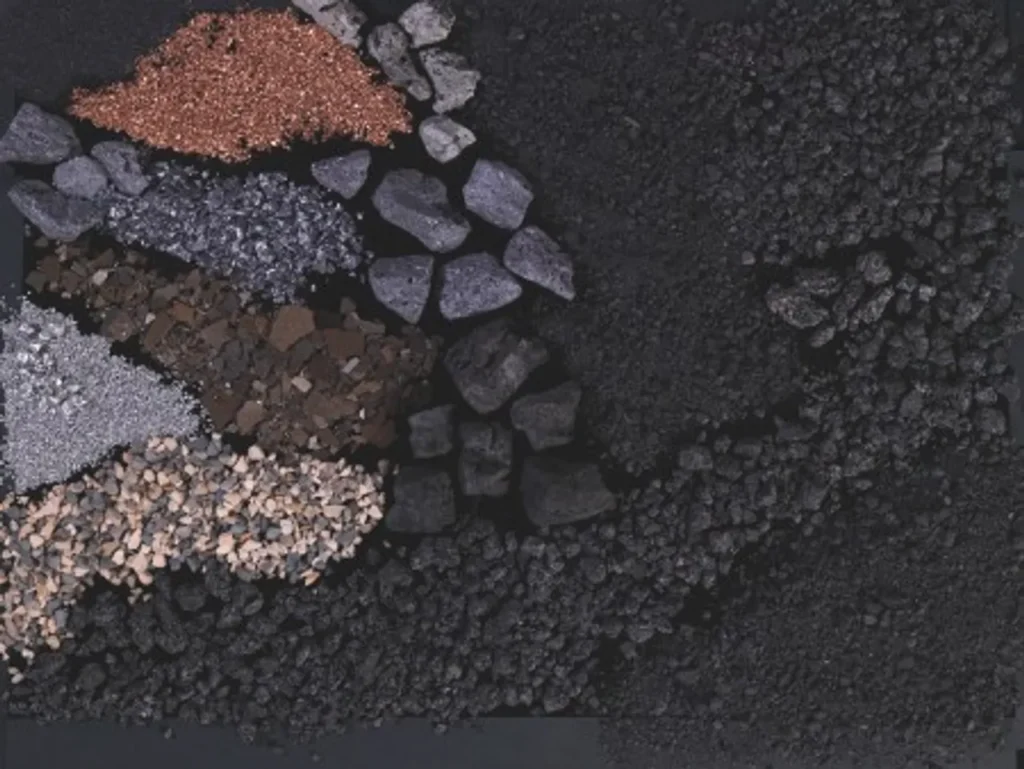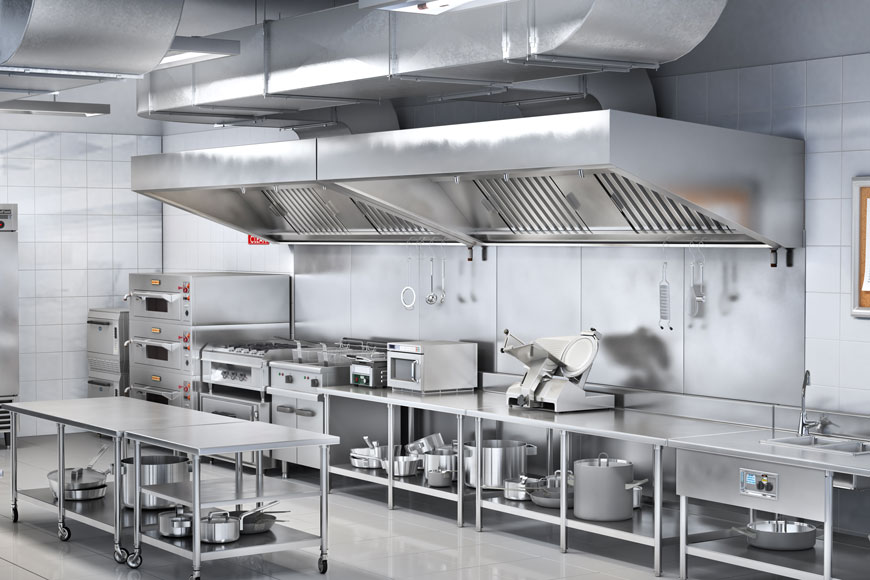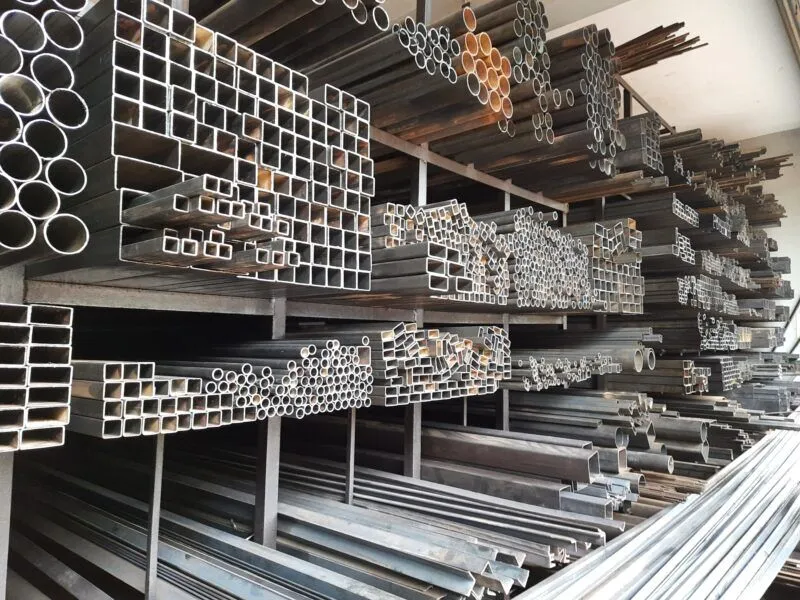The Science of Stainless Steel: Understanding Its Composition and Properties
Stainless steel is a marvel of modern materials science and is known for its extraordinary durability, corrosion resistance, and versatility. Whether it’s in your kitchen, the framework of a skyscraper, or surgical instruments, stainless steel plays an important role in our daily lives. So why exactly is this material so special? In this blog post, we’ll examine the chemical composition of stainless steel, explore the key elements that contribute to its unique properties, and examine the different types of stainless steel and their specific uses.
Chemical Composition of Stainless Steel
Temelinde, paslanmaz çelik esas olarak demir ve karbon alaşımıdır. Diğer çelik türlerinden ayıran en önemli özellik, ağırlıkça %10.5 oranında bulunması gereken kromun eklenmesidir. Kromun bu eklenmesi, paslanmaz çeliğe “paslanmaz” özelliğini kazandırır ve çeliğin yüzeyinde ince, görünmez bir krom oksit tabakası oluşturarak pas ve korozyonu önler.

Basic Elements in Stainless Steel
- Iron (Fe): The main component that provides the basic structure of the alloy.
- Chromium (Cr): Genellikle %10.5 ile %30 arasında eklenen krom, çeliği korozyondan koruyan pasif bir krom oksit tabakası oluşturur.
- Nickel (Ni): It is added to increase corrosion resistance, ductility and toughness.Nickel is especially important in austenitic stainless steels.
- Carbon (C): A small amount of carbon is usually added to %1, which increases hardness and strength.
- Manganese (Mn): It increases tensile strength and toughness, while also balancing the effects of sulfur.
- Molybdenum (Mo): It is added to some grades to increase resistance to pitting and crevice corrosion, especially in chloride environments.
- Nitrogen (N): Increases durability and resistance to pitting corrosion.
Properties of Stainless Steel
The unique combination of these elements results in a material with many desirable properties, such as:
- Corrosion Resistance: Chromium is the hero here, renewing itself by forming a protective oxide layer. This makes stainless steel ideal for environments exposed to moisture and corrosive substances.
- Stamina and Strength: Alloying elements create a robust microstructure that can withstand mechanical stress and high temperatures.
- Aesthetic Appeal: The shiny, reflective surface of stainless steel makes it a favorite in architecture and consumer goods.
- Hygiene: Its smooth surface makes it easy to clean and sanitize, making it indispensable in the healthcare and food processing industries.
Stainless Steel Types and Areas of Use
Stainless steel comes in a variety of grades and qualities, each designed for specific applications. Here are some common types:
Austenitic Stainless Steel
- Compound: High levels of chromium and nickel, low carbon content.
- Properties Excellent corrosion resistance, weldability and formability; non-magnetic.
- Examples:
- Type 304: It is used in kitchen equipment, storage tanks and automotive trim.
- Type 316: It is reinforced with molybdenum for better resistance to chlorides, making it ideal for marine applications and medical instruments.
Ferritic Stainless Steel
- Compound: Higher chromium content, little or no nickel.
- Properties Good corrosion resistance in non-severe environments; magnetic.
- Examples:
- Type 430: It is common in automotive trim and white goods.
- Type 409: Used in exhaust systems and agricultural equipment.
Martensitic Stainless Steel
- Compound: Higher carbon content combined with high chromium.
- Properties High strength and hardness, moderate corrosion resistance; magnetic.
- Examples:
- Type 410: It is used in blades, turbine blades, and surgical instruments.
- Type 420: Known as “flatware quality” stainless steel, it is used in knife blades and dental instruments.

Duplex Stainless Steel
- Compound: A mixture of austenitic and ferritic structures with balanced chromium, nickel and molybdenum.
- Properties Superior strength and resistance to stress corrosion cracking.
- Examples:
- 2205 Duplex: It is widely used in chemical processing, petrochemical and marine applications.
Conclusion
Understanding the science behind stainless steel reveals why it is such a common material in our modern world. Its unique composition and the interaction of elements such as chromium, nickel, and molybdenum give it properties that make it indispensable in a variety of industries. Whether it’s the cutlery in your kitchen or the skyscraper in your city, stainless steel stands as a testament to human ingenuity in materials science.
Why Should You Choose Samas?
- Quality and Durability: Our stainless steel products are precision-crafted for unmatched quality and long-lasting durability.
- Eco-Friendly: Prioritizing sustainability, our stainless steel is fully recyclable and has a low environmental impact.
- Versatile Style: Find modern kitchen appliances, stylish decor and more to beautify any space with timeless stainless steel designs.
- Easy Maintenance: Enjoy trouble-free cleaning and resistance to corrosion with our easy-to-maintain stainless steel products.
- Exceptional Service: Our dedicated team ensures a hassle-free shopping experience with prompt assistance for all your questions.
- Affordable Luxury: Access premium stainless steel products at competitive prices without compromising quality.
- Trusted Reputation: Through years of experience, we have built a reputation for excellence and reliability.
- Satisfaction Guaranteed: Your happiness is our priority. If you are not satisfied, we promise to do whatever is necessary for your satisfaction.
Experience the excellence of Samas Stainless Steel today. We look forward to welcoming you to our office in Ankara!


Comments are closed